
Ey Iran
Ey Iran
In the course of its long life, Iranian music has created works that are tied to the lives of Iranian people; works that every Iranian has lived with and found it to be a part of their identity. The song “Ey Iran Ey Marz-e Porgohar” is one of these works that was written and performed in the midst of bitter events in the history of Iran, but Iranians know it as an epic song and are very fond of it.
How was the song “Ey Iran Ey Marz-e Porgohar” created?
In the dark years of the Second World War, when the Allied Forces entered Iran, the lives of the Iranian people were affected by their presence. At the same time, a group of Iranian artists, seeing the pitiful situation in Iran, started creating works, among which the song “Ey Iran Ey Marz-e Porgohar” was popular and has remained alive and immortal to date.
The music was composed by Ruhollah Khaleqi, the lyrics were written by Hossein Gol-e-Golab, and Yahya Mo’tamed Vaziri was the first singer who performed it in the year 1944. Thereafter too, several other singers of that era performed this song but its performance by Gholam Hossein Banan made it very popular among Iranians. An epic reference to patriotic feelings, along with the choice of rhythm and captivating words were the main reasons for the lasting popularity of this work.
According to Golnoosh Khaleqi (1941 to 2021 AD), the daughter of the late Ruhollah Khaleqi, who was also a musician and composer, the late Khaleqi first composed the melody of this hymn and gave Hossein Gol-e-Golab to write lyrics for it.
“Ey Iran Ey Marz-e Porgohar” was made in the Shur Dastgah and Dashti tonality (an independent rhythm in the Shur Dastgah). Although people who are familiar with Iranian music evaluate the works performed in Dashti tonality as sad, this work succeeded in displaying different aspects of this tonality. The harmony between the lyrics and music of this hymn is extraordinary, which is a sign of the close feeling of the creators of different parts of the work. Despite the fact that today Persian-speaking people use words borrowed from other languages in their writings and conversations, no non-Persian words were used in the song created by Gol-e-Golab. After the victory of the Iranian Islamic Revolution, this song was used as the country’s “National Anthem” for a short while.
Who was Hossein Gol-e-Golab?
Dr. Hossein Gol-e-Golab was born in Tehran in 1897 AD. His father was one of the famous photographers of the Qajar era, and because of his occupation he was nicknamed “Mosavvar al-Mulk”. His familiarity with art caused him to be in interaction with the music artists of his era and, as a result, Hossein also became interested in music. Gol-e-Golab learned to play the “tar” and “setar” under Darvish Khan and Agha Hosseinqoli, two of the most prominent Iranian musicians at the time.
After completing his primary education in Tehran, Gol-e-Golab joined the Dar al-Funun High School and after receiving his diploma from this high school, he pursued his higher education and at the same time taught at Dar al-Funun. Even though he had graduated in political law, due to his interest in botany, he pursued his studies and activities in this scientific field. Gol-e-Golab Passed away in Tehran in 1984. Despite his scientific activities and services, the song “Ey Iran, Ey Marz-e Porgohar” is considered one of the most valuable works of Gol-e-Golab.
“Ey Iran, Ey Marz-e Porgohar” was inscribed on the list of Iran’s intangible national heritage in the year 2017.
In the dark years of the Second World War, when the Allied Forces entered Iran, the lives of the Iranian people were affected by their presence. At the same time, a group of Iranian artists, seeing the pitiful situation in Iran, started creating works, among which the song “Ey Iran Ey Marz-e Porgohar” was popular and has remained alive and immortal to date.
/uploads/1/2024/Oct/08/Gholam Hossein Banan - Ey Iran Ey Marze Por Gohar (320).mp3
| Name | Ey Iran |
| Country | Iran |
| Works | Pop music |
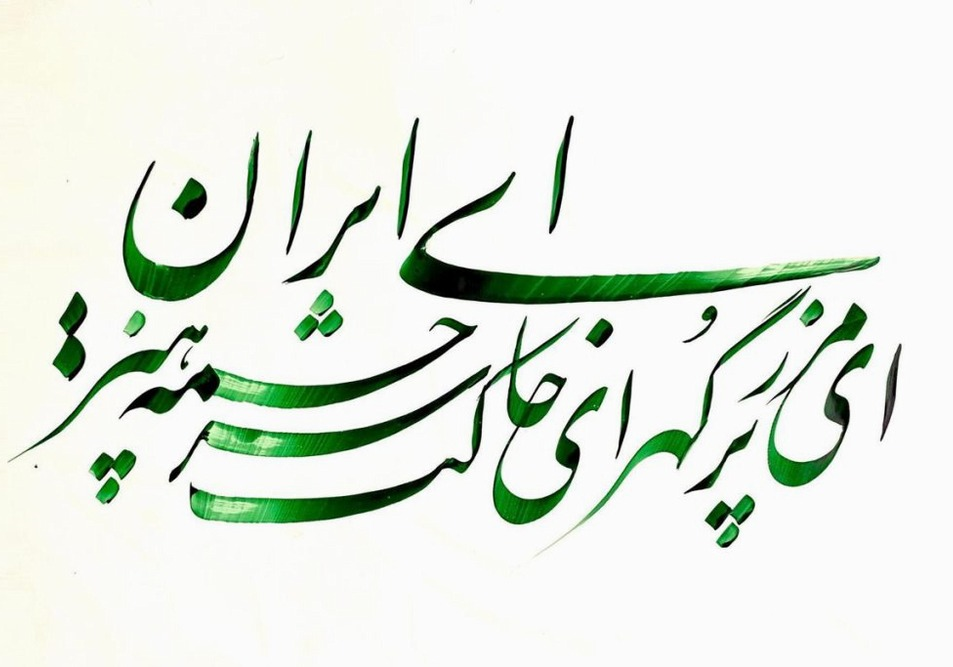

Choose blindless
Red blindless Green blindless Blue blindless Red hard to see Green hard to see Blue hard to see Monochrome Special MonochromeFont size change:
Change word spacing:
Change line height:
Change mouse type:
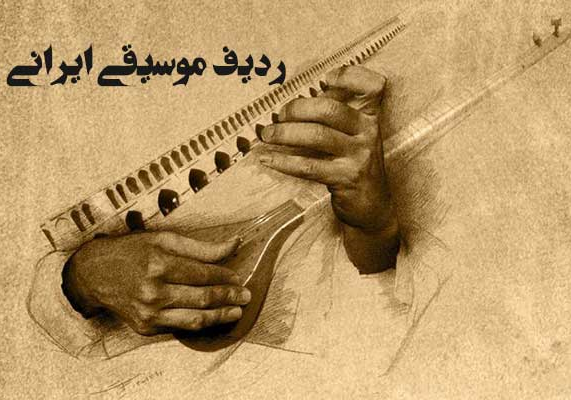


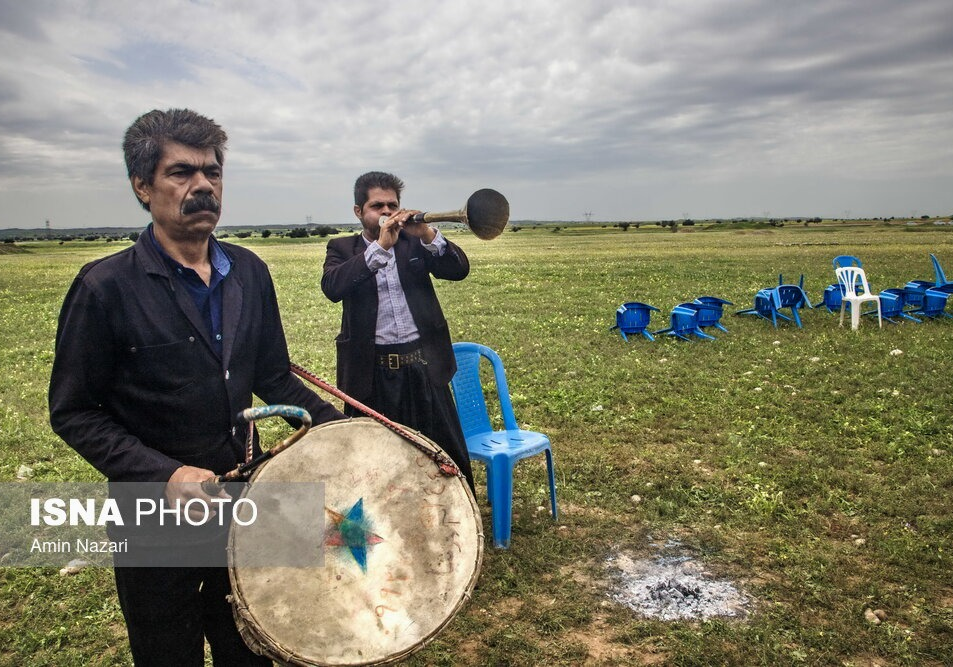
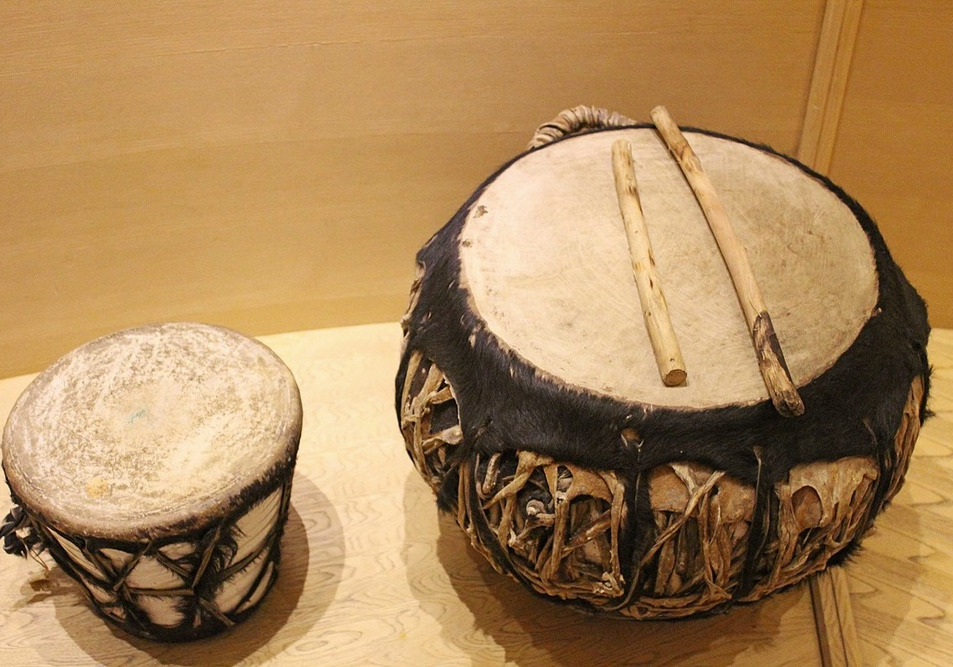


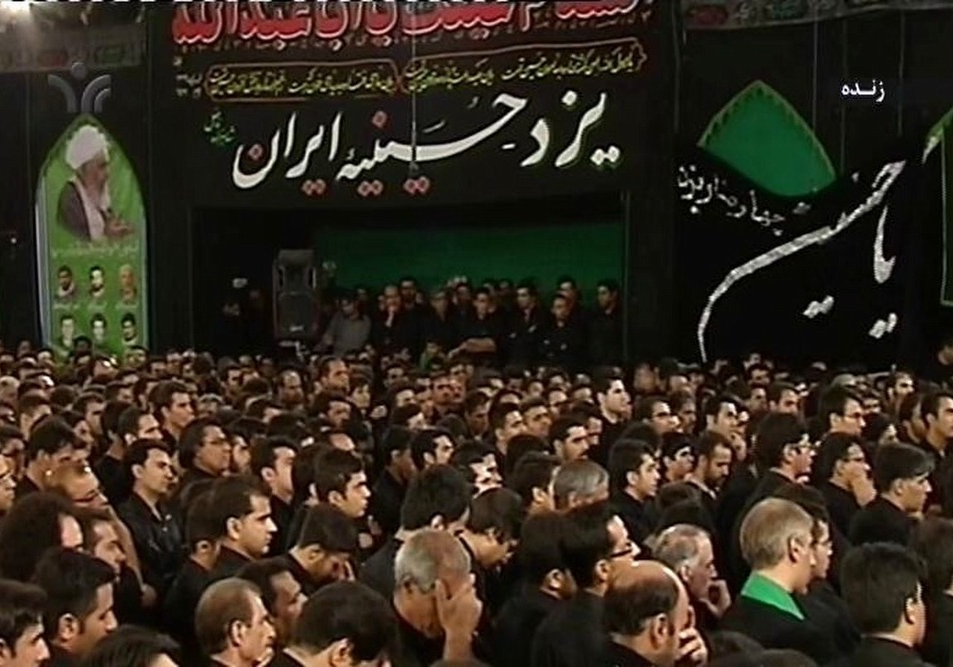
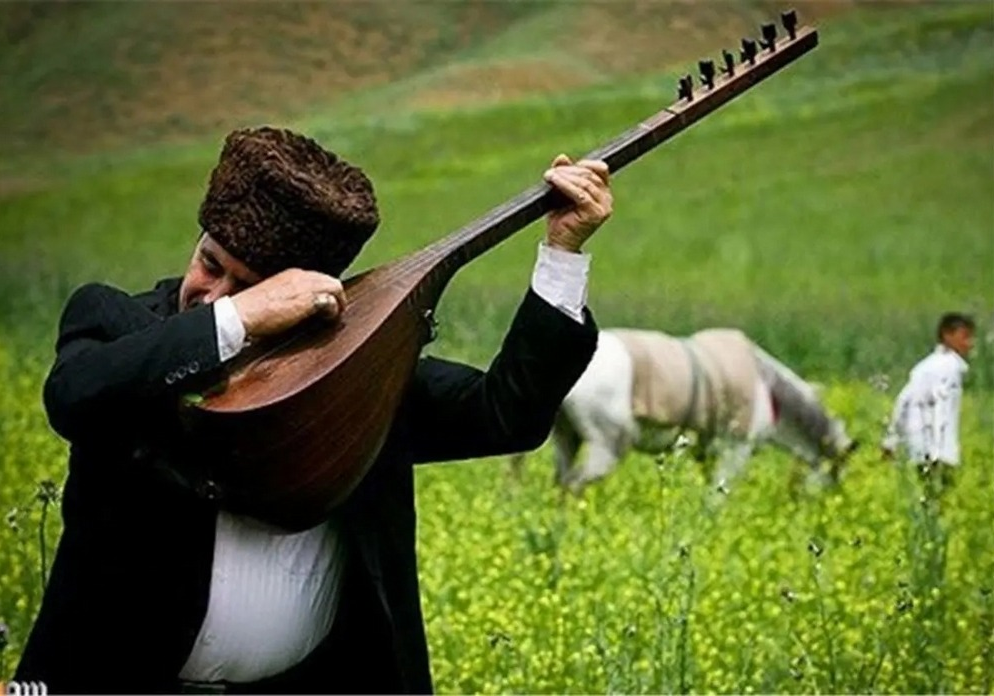
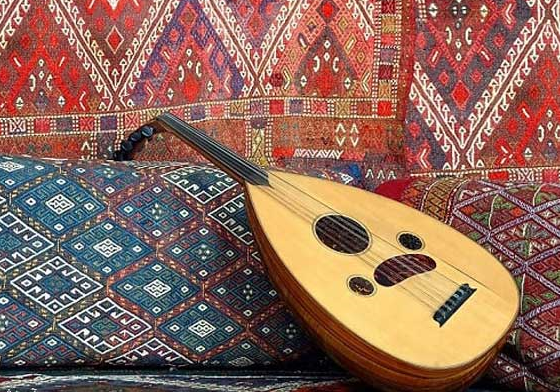
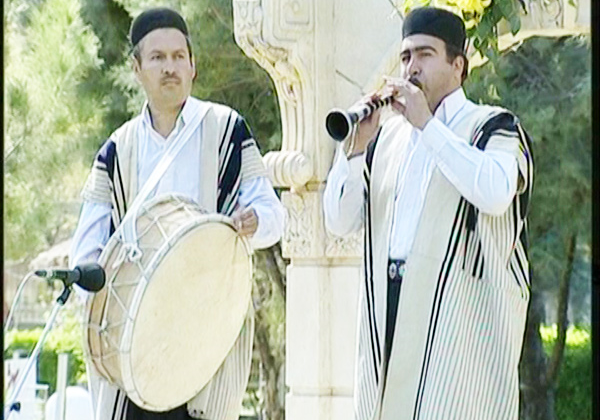
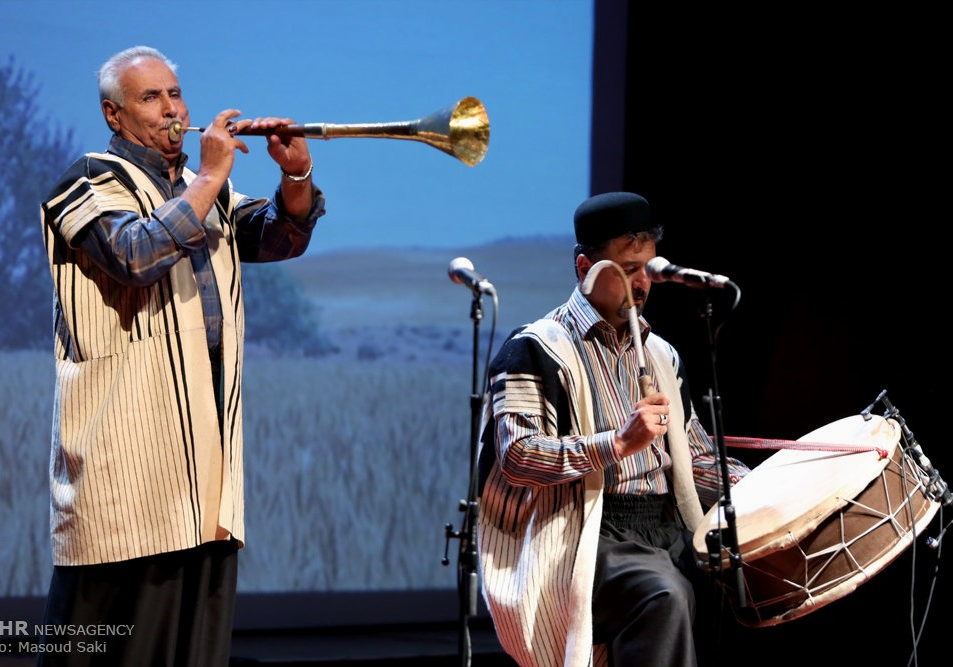
.jpg)

